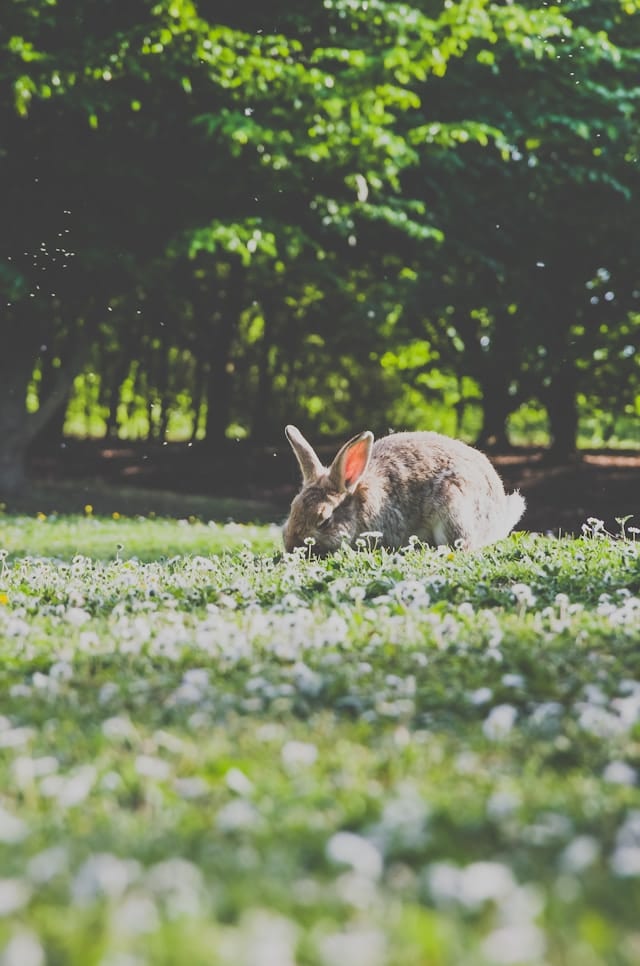What Are the Critical Signs of Heatstroke in Himalayan Rabbits During Summer?

The heat of the summer months can be an arduous time for our pets, especially for those of a more exotic breed like the Himalayan rabbit. Famously known for its distinctive color markings and gentle temperament, this rabbit breed is often a favorite choice for pet owners. However, being mindful of their needs and well-being is critical, especially during the hot summer months when the risk of heatstroke becomes a real concern. In this article, we’ll delve into the critical signs of heatstroke in Himalayan rabbits and provide some practical tips to ensure they remain cool and comfortable throughout the season.
Recognizing the Signs of Heatstroke
Heatstroke, a potentially fatal condition, occurs when an animal’s body overheats, often due to prolonged exposure to high temperatures. For Himalayan rabbits, this is a significant risk during the summer months. Here are the most critical signs to watch out for.
Cela peut vous intéresser : How to Optimize Vitamin D Levels in Indoor Rabbits?
Rabbits, like dogs, are unable to sweat through their skin, which means they primarily rely on respiration to regulate their body temperature. Hence, heavy panting is often the first sign of heatstroke in these animals. You may also notice that the rabbit’s ears are hot to the touch.
Other obvious signs include lethargy, loss of appetite, and being less interactive than usual. In more severe cases, they might exhibit symptoms like convulsions, salivation, or even unconsciousness. Remember, if your rabbit shows any of these signs, it’s crucial to act fast and seek immediate veterinary help.
Avez-vous vu cela : How to Create a Tailored Exercise Plan for an Overweight Maine Coon Cat?
The Risk of Heatstroke in Hutches
Many pet owners prefer keeping their rabbits in hutches, but these can quickly become ovens in the summer heat. Hutches, especially those made from wood or metal, absorb heat and can become dangerously hot on the inside. If your rabbit spends a lot of time in its hutch, you need to be particularly cautious.
One of the most effective ways to prevent heatstroke in rabbits is to relocate their hutch to a shaded or indoor area during the hotter months. It’s also important to ensure the hutch is well-ventilated to provide enough airflow. Additionally, supply your rabbit with a ceramic tile or frozen water bottle for them to lie against for cooling down.
Hydration and Diet: An Essential Aspect
Hydration plays an essential role in helping animals keep cool during the summer. Like dogs, rabbits will drink more water when it’s hot, so it’s crucial to ensure they have access to fresh, clean water at all times. If your pet rabbit isn’t drinking enough, try adding a little apple juice to their water to make it more appealing.
Diet can also contribute significantly to your pet’s ability to withstand the heat. Foods with high water content, such as cucumbers and lettuce, can help keep your rabbit hydrated. However, these should be given in moderation as part of a balanced diet, as rabbits also need a steady supply of hay and pellets for fiber and nutrients.
Monitoring Your Pet’s Health
Keeping a close eye on your pet’s health will give you a good sense of how they’re coping with the heat. Regular checks for signs of heatstroke can make the difference between early intervention and a potential disaster.
Take note of your rabbit’s behavior during the day. Are they remaining more in their hutch, or are they listless and not showing interest in food? These are signs that the heat may be affecting them.
Regular vet checks are also essential during this time. Vets are trained to catch subtle signs of distress or disease that you might miss. Also, they can provide personalized advice based on your rabbit’s health history and current condition.
In summary, watching out for signs of heatstroke in your Himalayan rabbit during summer can save its life. Ensure to keep your pet cool, provide plenty of fresh water, monitor their diet, and conduct regular health checks to ensure they navigate the hot months safely.
The Importance of Proper Housing and Air Conditioning
Housing and environment play a significant role in your rabbit’s comfort during summer. For pet rabbits, particularly Himalayan ones, the right housing could make a significant difference in coping with extreme temperatures. It’s important to note that a pet’s environment should be designed to mimic their natural habitat as closely as possible. For Himalayan rabbits, this means cool, shaded areas with plenty of space to move around.
One common mistake many pet owners make is placing their rabbit’s hutch directly under the sun. This can lead to rapid heat buildup, leading to heat stress, and in extreme cases, heat stroke. Therefore, it’s advisable to place the hutch in an area with plenty of shade. A location under a large tree or porch can provide the much-needed shade. If this is not possible, consider moving the hutch indoors or investing in an outdoor umbrella or shade cloth to cover the hutch.
Similarly, air conditioning can prove to be a lifesaver on particularly hot days. Rabbits are sensitive to temperature changes and can suffer from heat exhaustion if their environment gets too hot. An air-conditioned room can help keep their body temperature within a safe range. Just make sure the temperature isn’t too low, as sudden drastic changes can also cause health problems.
Observing changes in Feces
Monitoring your rabbit’s feces can provide valuable insights into their health condition, particularly in relation to heat stress. Hard faeces or a lack of faeces altogether could imply that your pet rabbit isn’t drinking enough water, which is a significant concern during hot summer months.
Conversely, the presence of soft faeces may indicate that your rabbit is overhydrating. While this isn’t necessarily a bad thing, especially during periods of extreme heat, it’s something that should be noted and mentioned to your vet during regular checks.
It is also crucial to note that heat and flies can lead to a dangerous condition known as ‘fly strike.’ This condition occurs when flies lay eggs in the fur around the rabbit’s rear end, which then hatch into maggots. These maggots can cause severe damage, often resulting in a fatal outcome. Regularly checking your rabbit’s bottom and keeping it clean can help prevent this condition.
Conclusion
Looking after Himalayan rabbits during the summer requires vigilance, care, and a deep understanding of their habits and needs. It’s crucial to watch out for signs of heatstroke such as heavy panting, lethargy, and loss of appetite. Equally important is maintaining their hydration level, offering them a diet rich in water content, and ensuring their housing protects them from the intense heat.
Remember, during hot days, moving their hutch to a shaded area, utilizing air conditioning, and monitoring the state of their feces can significantly contribute to their well-being. If any unusual symptoms are observed, a prompt consultation with your vet is essential.
Being proactive in understanding and mitigating the symptoms of heat stress can help your beloved pet rabbit enjoy the summer months in a comfortable and safe environment. With planning and care, you can ensure your Himalayan rabbit stays cool, hydrated, and happy throughout the hot season.
